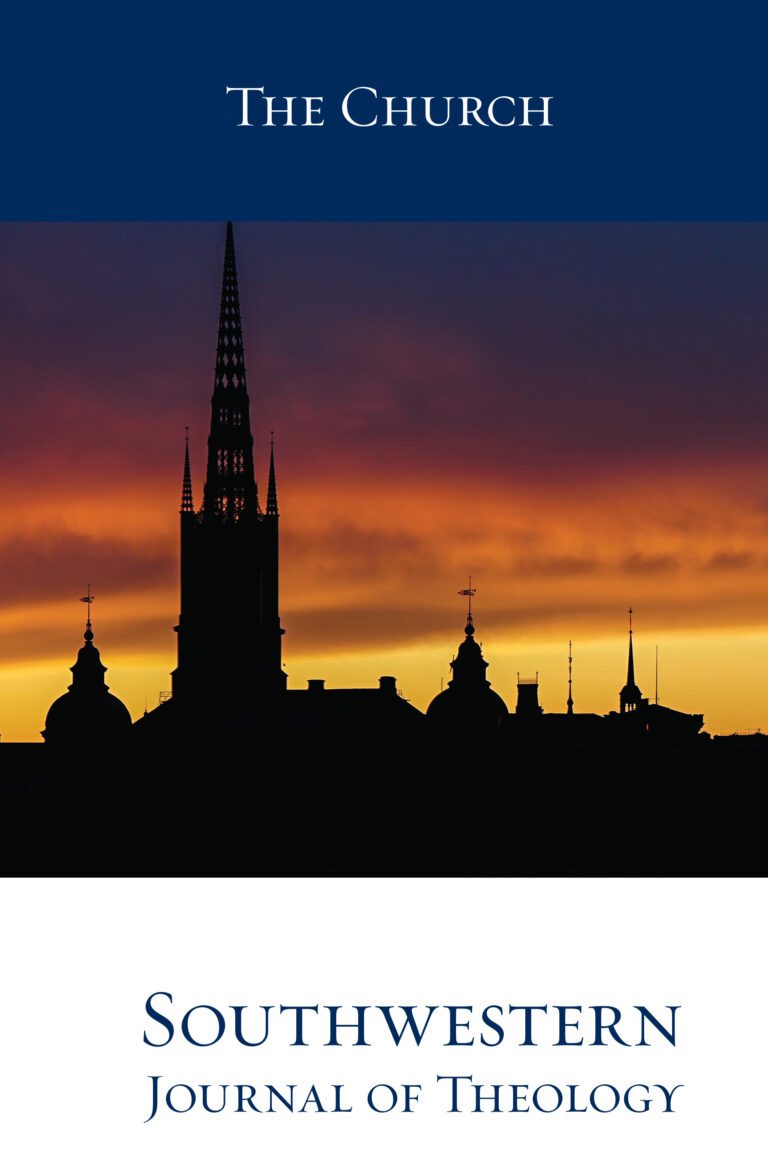
The Church
Southwestern Journal of Theology
Volume 61, No. 1 – Fall 2018
Editor: W. Madison Grace II
By Matthew D. Kim. Grand Rapids: Baker, 2017. 288 pages. Softcover, $22.99.
In Preaching with Cultural Intelligence Matthew Kim seeks to “prepare 21st century preachers for the realities of congregational diversity in North America and beyond” (xiv). Kim, who is an associate professor of preaching and ministry at Gordon-Conwell Seminary, writes from the perspective of a second generation Korean-American. Many preachers unknowingly tend to see the world from their own culture’s perspective. He seeks to help preachers to communicate effectively to the “Other” (xiii).
The book offers two parts, the first being theory and the second practice. The first part sets a grid through which he examines the proper approaches to preaching to various “other” groups. This grid is divided into three stages in which he uses three acronyms: H.A.B.I.T., B.R.I.D.G.E., and D.I.A.L.E.C.T. The first examines the hermeneutical situation and stands for Historical, Grammatical, and Literary Context; Author’s Cultural Context; Big Idea of the Text; Interpret in your Context; Theological Presuppositions. The second examines the Homiletical bridge and stands for Beliefs, Rituals, Idols, Dreams, God, and Experiences. The third aspect of the homiletical template examines the homiletical situation and stands for Delivery, Illustrations, Application, Language, Embrace, Content, and Trust. After laying out this grid format Kim has a chapter that draws the preacher to introspection. He writes, “One must scrutinize and interrogate one’s own culture” (46). He calls for preachers to embrace other cultures and learn from them in order to effectively minister to them. This will facilitate the move from being a “Xenophobe to Xenophile” (47). There are a few appendices at the end of the book that offer helpful sermon templates and a sample sermon.
Kim begins his examination with a chapter dealing with denominations. Many in the congregation may be from different Christian denominations and still hold to some of their doctrines and rituals. How does one preach in a way that is winsome to others with various views? Kim states, “The culturally intelligent preacher demonstrates theological awareness about doctrinal positions and contextual empathy for listeners who do not share our theological perspectives” (75). This is not to say the preacher should not have convictions, but he should give a fair hearing and presentation of others’ views. This will in turn disarm them and make them more likely to take the preacher’s view seriously.
Chapter six deals with preaching to a congregation of various ethnicities. Kim sees a tendency of preachers to “put our cultural identity above our Christian beliefs without even knowing it” (108). To prevent this requires a “cultural exegesis” in which the preacher studies and learns the intricacies of a culture’s practices and values. This is done by spending time with others of a different culture and using most of the time listening and observing.
Chapter seven takes into consideration the cultural divide between the genders. Men and women not only communicate differently but also view communication differently. How do men and women see the application of particular texts differently? Generally speaking, women respond to more of a relational tone. This may require asking probing questions rather than stating truth principles bluntly (151).
Chapter eight examines what it looks like to preach in various locations. How does one preach differently in an urban setting than a rural one? What about to suburbanites? This requires a consciousness that the goals of a businessman who lives in a downtown loft may differ from those of a small-town farmer. The preacher would have to vary considerably the way he illustrates and applies the text.
Chapter nine is similar to the chapter dealing with various denominations. This one deals with preaching to a congregation that may have visitors from a different religion or new converts from a different religion. Like preaching to adherents to other denominations, this requires sensitivity of the preacher to the others’ views. The preacher has to assume they will hear with suspicion. He has to anticipate their questions and offenses and then give them an explanation that they can understand. Kim writes, “We frequently lose sight of the fact that they are first and foremost real people” (209). This means they share common struggles, desires, and passions. Therefore, the preacher would do well to show how Jesus relates and offers a solution to their emptiness.
Kim’s writing is permeated with a pastor’s heart. The preacher must have a great love and interest in all of his people. Kim’s writing calls for great introspection in order to expose our blind spots, which all of us have. His insights into the right questions to ask for each culture are helpful. The situational examples he provides help the reader realize not everybody thinks the way we do; however, he does highlight our commonalities to show there are effective ways to build bridges.
Because each chapter in part two is structured according to his three-stage grid, the book tends to be repetitive. Some of the chapters tend to overlap. Also, to illustrate his point in chapter six (Preaching and Ethnicities), he uses Acts 15 as an example of forcing a minority culture to conform to the majority culture’s preferences (109). Although the point is understood, the division between Jews and Gentiles in this context was not a discussion about a mere cultural question but a deeply theological question.
Overall, this book is an outstanding resource for preachers who are ministering not only in other cultures but also those who are in communities with continually growing diversity. It will challenge the reader to put in the work to exegete not only the text but also to exegete the people to whom he is called to serve.





